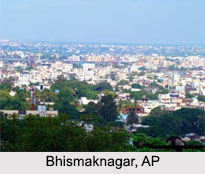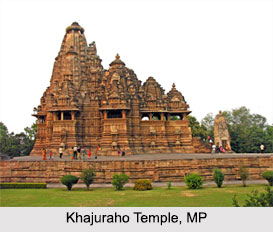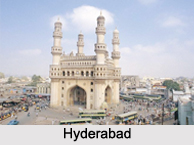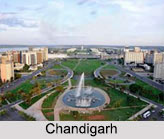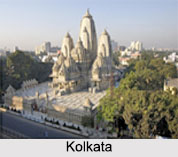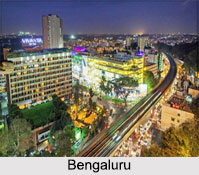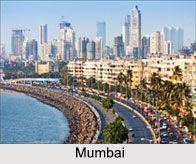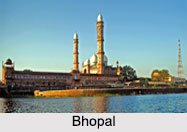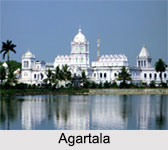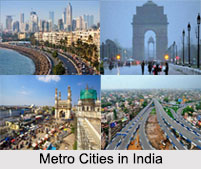Nagapattinam has various beautiful places around it like the Nagore, Velankanni, Sikkil, Kodikkarai sanctuary, Thiruvarur temple, Keevalur etc. Once any one has reached Nagappattinam, there are places are available to visit around it. Some of them are discussed here
Nagore
Nagore is situated 5 km north of Nagappattinam. Here, one can see the Durgah of Saint Hazareth Syed Shahul Hamid Quadir Wali. This saint used to shower his grace without distinction of caste, creed, colour or class. Therefore, people of all faiths used to gather here to get relief. He is addressed as `Nagoor Andavar` by the Hindus.
In this temple of Nagappattinam, the Kanduri festival held during October and November is very famous. There are four minarets here, which serve as landmark to this durgah. Pratap Singh, the Thanjavur ruler built the biggest one of the minarets and his son Tulajaji endowed it richly. There is a tomb of the saint in the centre, which is approached by seven silver plated doors.
Velankanni
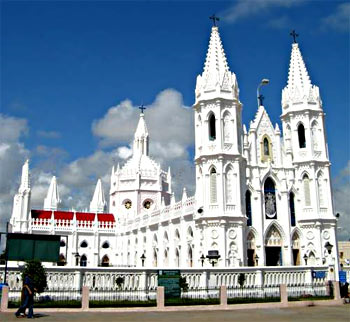 Velankanni is 14 kms south of Nagappattinam and is on the coast of the Bay of Bengal. There is a shrine basilica of `Our Lady of Velankanni` can be seen here on the shore, which is popularly called `Sacred Arokkia Madha Church`.
Velankanni is 14 kms south of Nagappattinam and is on the coast of the Bay of Bengal. There is a shrine basilica of `Our Lady of Velankanni` can be seen here on the shore, which is popularly called `Sacred Arokkia Madha Church`.
The church here is dedicated to Virgin Mary. It has an impressive fagade with tall spires and the wings present the shape of a cross. The statue of `Our Lady of Health` can be seen in a place in the altar. The miraculous power of this lady was described in numerous legends. During the `Feast` festival here held in August attracts lakhs of people.
One of the greatest of miracles here in this church of Nagappattinam is that the offerings, which are thrown into the sea by the devotees in Myanmar, Malaya and South Africa, reach this church safely. These are picked and conveyed by fishermen of the area. These articles are then exhibited in a hall here.
Sikkil
Sikkil is on the bus route from Nagappattinam to Thiruvarur. There is an ancient Siva temple here. The Sikkil Singaravelar bronze idol here so beautiful and its craftsmanship attract the onlookers.
The presiding deity of this temple is Navaneetheswarar. The Chitthirai festival held in April-May is most famous.
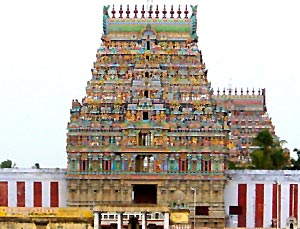 Thiruvarur temple
Thiruvarur temple
The shrine of this temple is of Thyagarajaswami. Almost all the kings reigning the south patronised this most ancient temple of South India. The presiding deity of this temple is Lord Vanmikanatha.
In this temple, Thyagaraja dances like Nataraja. He performs the Ajapa dance here. Therefore, he is known as `Ajaba Natesar`. This temple complex has an area of over 20 acres with the eastern gopuram dominating. The Kamalalaya Tank of an area of 25 acres can be seen in front of the western gopuram with an island temple in the centre. There are several mandapams in this temple. The Devasiriya Mandapam is the biggest one of them and its ceilings are adorned with the paintings of Vijayanagar period.
The temple car here has also very beautiful structure. The car festival held here is famous and attracts lots of visitors. The original car was burnt in 1922 in an accident and is now replaced in all its original grandeur. The Nandi here is seen in sitting pose. The deity can be seen on Ratna Simhasana i, e, throne made of precious stones.
Keevalur
It is near Nagapattinam. There is a temple of Agastyalinga here a mile from Keevalur station on the Tiruvarur-Nagore line. The Nataraja image here is unique with its ten heads, all armed with trident, round, shield, mazhu, noose, club etc. This represents a craftsmanship of matchless intricacy. One can see a separate sanctum for Kubera the God of fortune here, which is rare in the south.
Ettukkudi temple
This temple is 28 kms away from Nagappattinam and is famous for Lord Muruga.
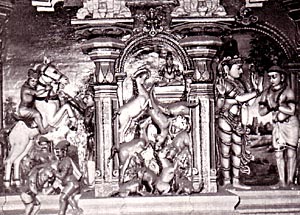 Vedaranyam
Vedaranyam
This place is situated 58 kms from Nagappattinam. This is the birthplace of the author of Thiruvilaiyadal Puranam Paranjothi Munivar. The earliest inscriptions of this ancient temple dates back to Parantaka Chola. Here, the presiding deity is Vedaranyeswara and it is one of the `Saptha Vidanga Sthalams`. This place attained fame because of Gandhiji`s Salt Satyagraha during the independence struggle.
Kodikkarai sanctuary
This sanctuary is just 10 kms from Vedaranyam and 68 kms from Nagappattinam. It is famous for birds. One can see black bucks, spotted deer, wild pigs and vast flocks of migratory birds like flamingoes could all be seen here.
During winter season, the tidal mud-flats and marshes of the backwaters are covered with fowls like teals, curlews, gulls, terns, plovers, sandpipers, shanks and herons. These are mostly sea birds. One can see up to 30,000 flamingoes at a time here. The spring season here welcomes different set of birds like koels, mynas and barbets, who come here attracted by the profusion of wild berries. November to January is the best time to visit this sanctuary. One can avail the forest rest houses here.
Koothanur
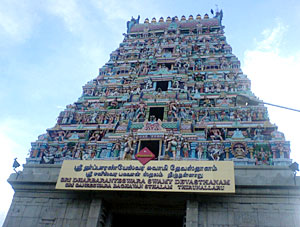 It is situated 45 kms from Nagappattinam and is renowned for its association with the Tamil poet Ottakkoothar. There is a unique Saraswati temple here. The idol in sitting posture looks very elegant and artistic.
It is situated 45 kms from Nagappattinam and is renowned for its association with the Tamil poet Ottakkoothar. There is a unique Saraswati temple here. The idol in sitting posture looks very elegant and artistic.
Thirunallaru temple
This is a famous Siva temple. It is a Dharbaranyam and the presiding deity is Dharbaranyeswara. There is a place of Lord Saneeswarar (Saturn) at the entrance of the temple. The Nala Theertham here is a famous tank, where the devotees take a dip smearing oil on their body. The original Nataraja idol of this temple is at Thiruchendur with the engravement Thirunallaru on it. The Dutch are said to have removed moved this idol from here and reaching Thiruchendur. When they set sail, a fierce storm dropped them into the sea and escaped. Later, the idols were rescued from the sea by a miracle and both of them have been installed at Thiruchendur.
Thillai Vilagam
It is about 25 kms south of Thiruthuraipoondi. It is a famous Vaishnavaite sthalam where lots of devotees pay their visit. Here, the image of the presiding deity Kothandarama is of intricate workmanship even the veins are exposed nicely. A sanctum for Nataraja can also be seen in this Vishnu temple.
Mannargudi
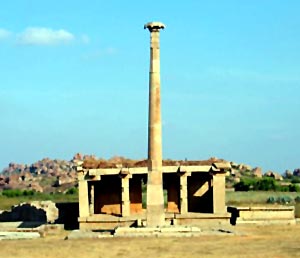 The most important Vaishnavaite shrine of South India can be seen here. The presiding deity here is Rajagopalaswamy, which is 12 feet tall. It has covered an area of over 15 acres. This shrine has 16 gopurams, 7 prakarams with 24 shrines, 7 beautiful mandapams embellishing the inside and 9 sacred theerthams.
The most important Vaishnavaite shrine of South India can be seen here. The presiding deity here is Rajagopalaswamy, which is 12 feet tall. It has covered an area of over 15 acres. This shrine has 16 gopurams, 7 prakarams with 24 shrines, 7 beautiful mandapams embellishing the inside and 9 sacred theerthams.
The Garuda Sthamba, a monolithic pillar 50 ft. tall stands in the forefront with a miniature Garuda shrine on the top. The place is also known as the Dakshina Dwaraka i,e, Dwaraka of the South India. The evidence of Jainism can be seen from the Jain statues in the vicinity.
